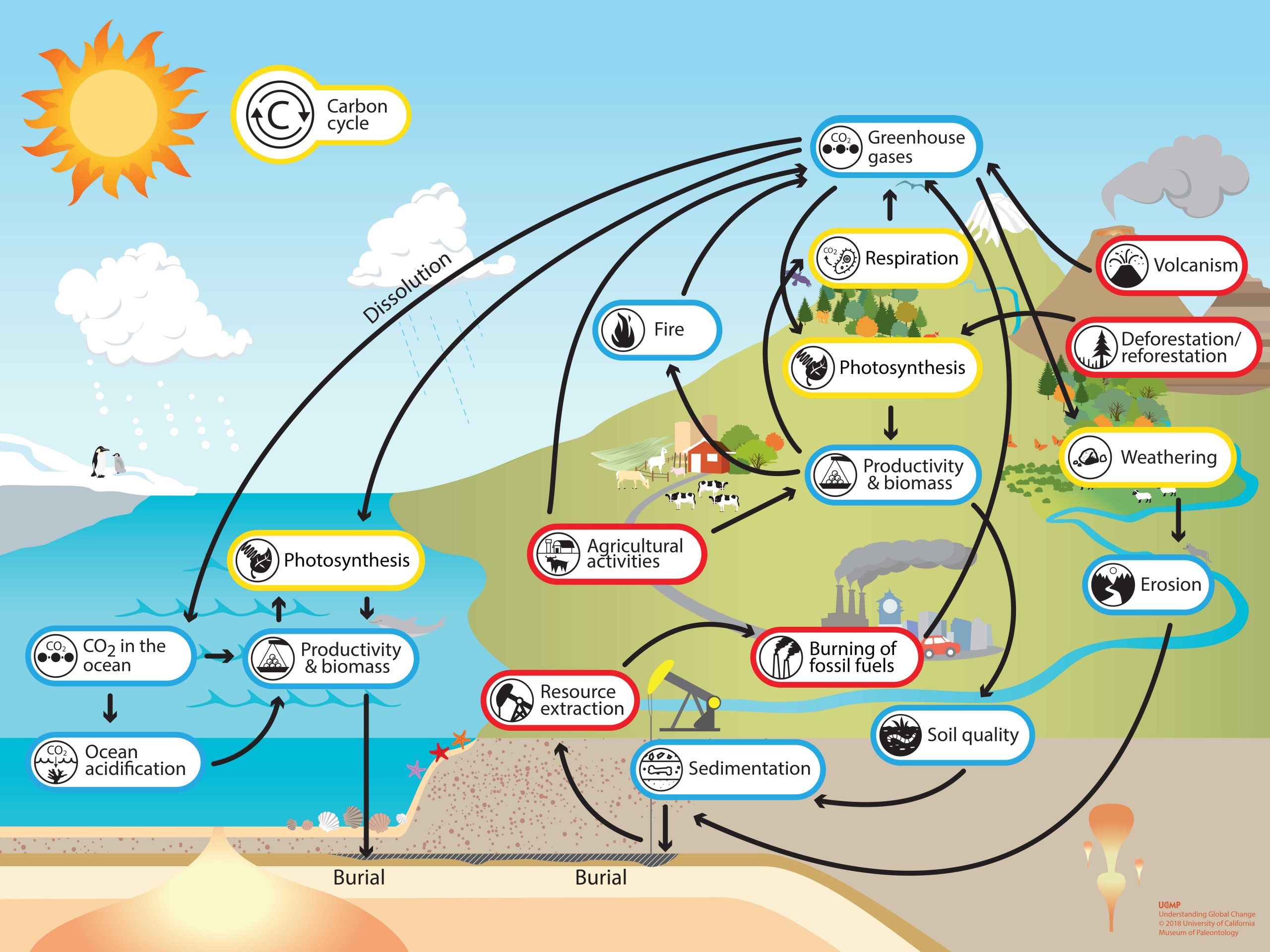
Carbon cycle Understanding Global Change
1 Bookmark Use this lesson plan to structure a lesson on the carbon cycle for your 11-14 students Source: © Inna Artanova/Getty Images Knowledge of the carbon cycle is integral to understanding how chemistry can help mitigate climate change

Carbon Cycle Worksheet (KS3 / KS4) Teaching Resources
Carbon moves from the atmosphere to the oceans. The oceans, and other bodies of water, soak up some carbon from the atmosphere. Animals that live in the ocean use the carbon to build their skeletons and shells. Carbon dioxide is a greenhouse gas and traps heat in the atmosphere. Without it and other greenhouse gases, Earth would be a frozen world.

4x Carbon and Nitrogen Cycle 2x Powerpoint PPTs and 2x Worksheets (KS3/KS4) Teaching Resources
Deforestation. When we cut down trees and forests, they can no longer remove carbon dioxide from the air. This results in additional carbon dioxide placed in the atmosphere. Wood burning. When we burn wood, the carbon stored in the trees becomes carbon dioxide and enters the atmosphere. Combustion of fossil fuels.

Carbon Dioxide for Kids Mathematics for Sustainability Student Blog Spring 2015
Carbon cycle passport worksheet Royal Society of Chemistry Page 2 of 2 Registered charity number 207890 ; Main activity 2 Producing a carbon cycle diagram From their travels around the stations, students should produce a carbon cycle diagram which shows the different stations they travelled to and which processes took them there. This could be.

Carbon Cycle question sheets Teaching Resources
How is carbon cycled student worksheet Handout | PDF, Size 0.17 mb How is carbon cycled student worksheet Editable handout | Word, Size 0.13 mb How is carbon cycled teacher notes Handout | PDF, Size 0.15 mb How is carbon cycled teacher notes Editable handout | Word, Size 0.42 mb Bookmark No comments yet Sign in Register More from Resources

Quiz & Worksheet The Carbon Cycle
Overview Youth will take on the role of a carbon atom and record which reservoirs in the carbon cycle they visit. They will compare and contrast their trip with those of the group to discover information about sources and sinks and residence times of the different reservoirs. Rationale

Carbon Cycle Diagram Quizlet
THE CARBON CYCLE _1_ Root respiration _2_ Organic Carbon _3_ Sunlight _4_ Auto and factory emissions _5_ Animal respiration _6_ Decay organisms _7_ Ocean Uptake _8_ Plant respiration _9_ Fossils and fossil fuels _10_ Organic Carbon _11_ Photosynthesis Image from: http://www.windows2universe.org/earth/climate/images/carboncycle_sm.jpg

Carbon and Water Cycle New GCSE Bio 91 Teaching Resources
The science in this activity covers the carbon cycle, reservoirs, climate change, climate feedback loops, and human impacts/mitigation. Students use the following datasets in this activity: Lesson 1 uses the amounts of (flux and non-flux) carbon from climate.gov and energy.gov; Lesson 2 uses NOAA atmospheric carbon concentrations from sites across the US, as well as sea-level rise projected.

The Carbon Cycle Diagram Quizlet
The carbon cycle The carbon cycle Creativity break: how do you get into your creative zone? Understand: the carbon cycle Science > High school biology - NGSS > Matter and energy in ecosystems > The carbon cycle Understand: the carbon cycle Google Classroom The following diagram shows the carbon cycle.
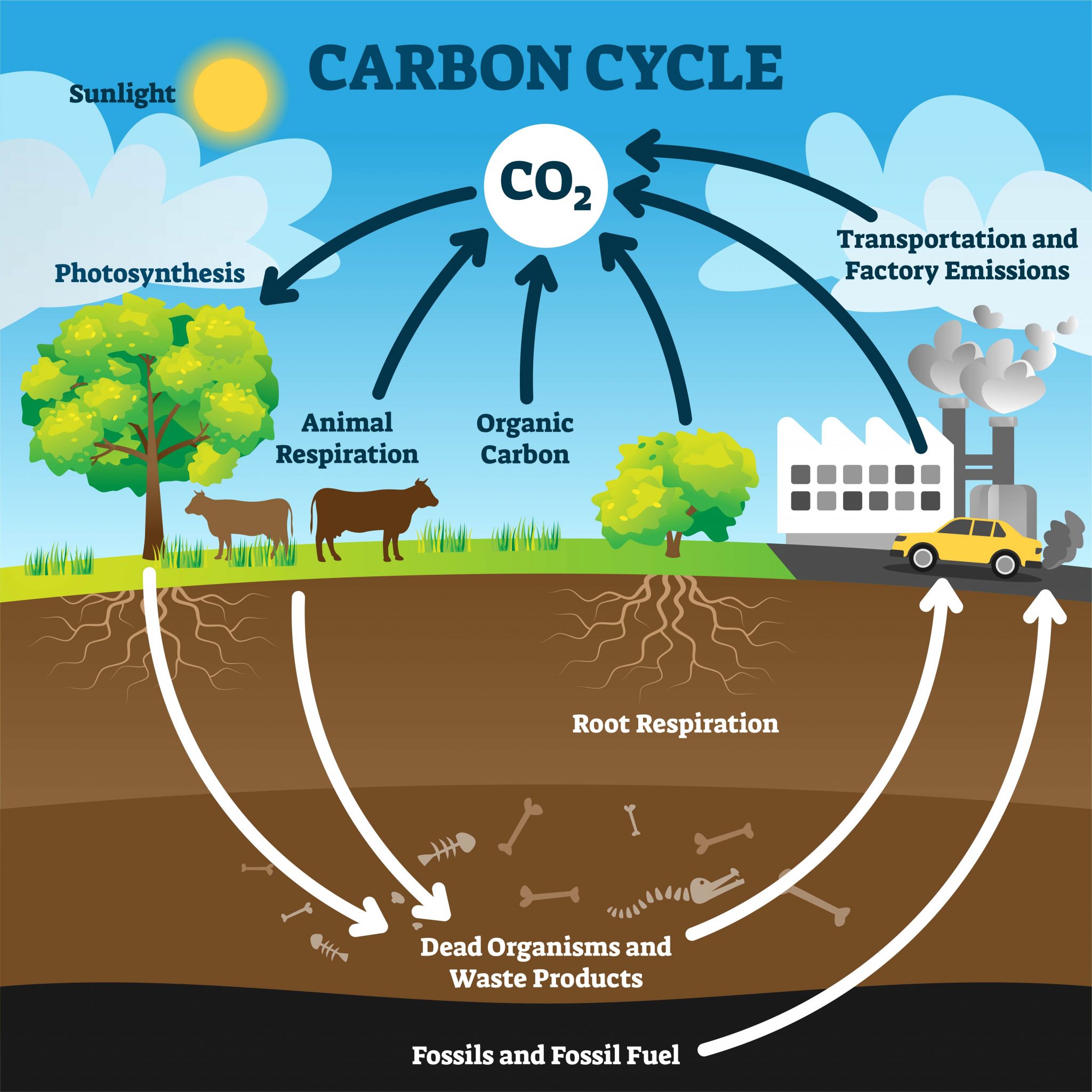
Systems Thinking and the Carbon Cycle An Interactive Introduction to Organismal and Molecular
Students are first introduced to the carbon cycle in an interactive game that triggers prior knowledge and touches on how carbon moves through Earth's interconnected spheres. Students then investigate and gather evidence of the carbon transformation that carbon atoms encounter throughout the cycle.

The Carbon Cycle Teaching Resources
QUESTIONS: The Cycle Processes that put carbon into the air are called sources. Human respiration puts it back into the atmosphere when we exhale CO 2. Carbon also returns to the environment through the process of the decay of plants and animals. What Is Carbon? It forms a major part of rock formations like limestone and marble.
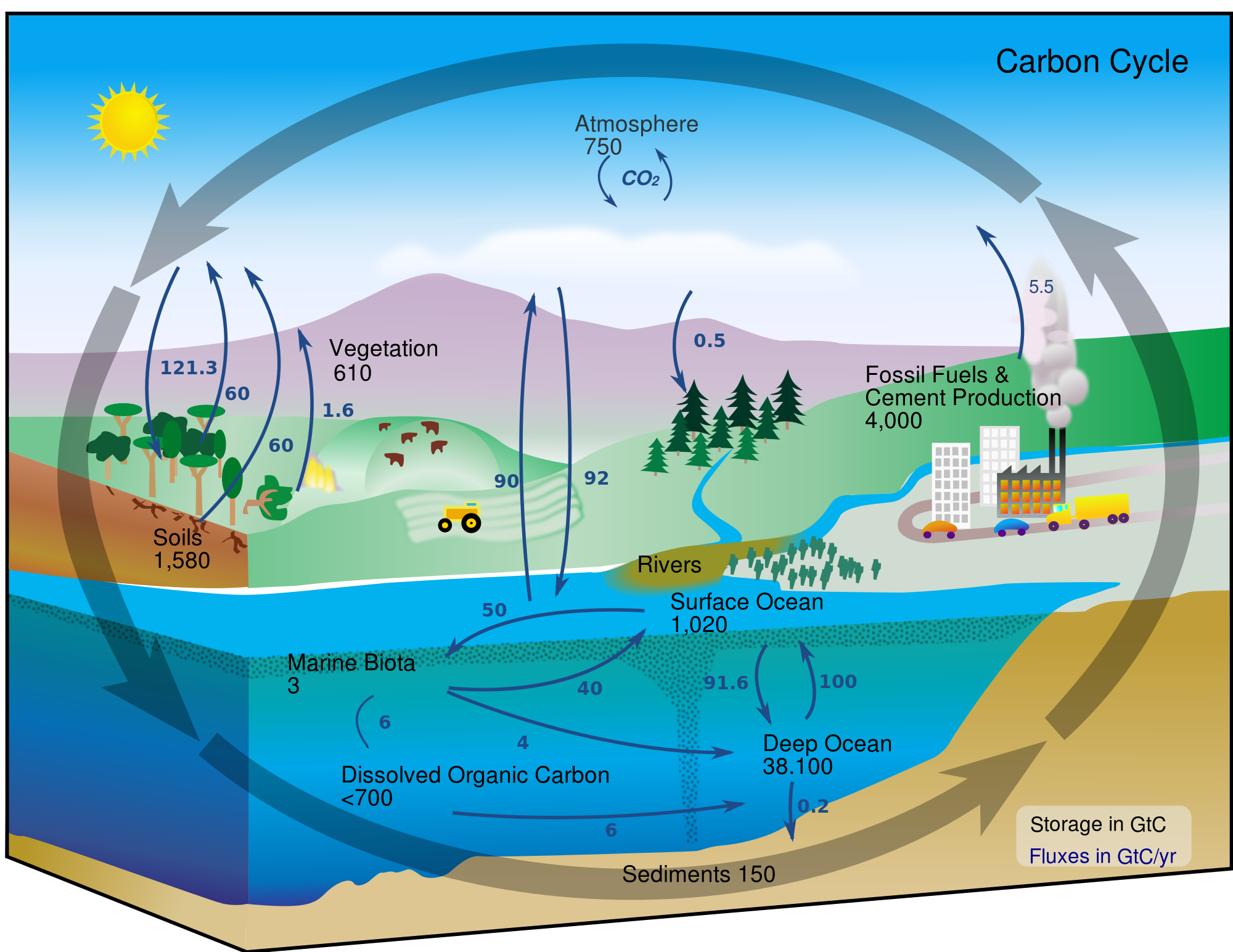
Carbon Cycle Game Science & Math Investigative Learning Experiences Oregon State University
PowerPoint presentation and worksheet on the carbon cycle for GCSE biology for teaching and revision. Simple step by step explanations of concepts up to the end of KS4. This resource follows on from The Water Cycle ( https://www.tes.com/teaching-resource/-12638263) Content Covered: -Forms of carbon in living organisms -Recap of photosynthesis

The Carbon Cycle and Climate Change NSTA
The carbon cycle shows how carbon moves through all four spheres of Earth. Sketch some of the interactions that connect the movement of carbon through the spheres. Describe and/or label the
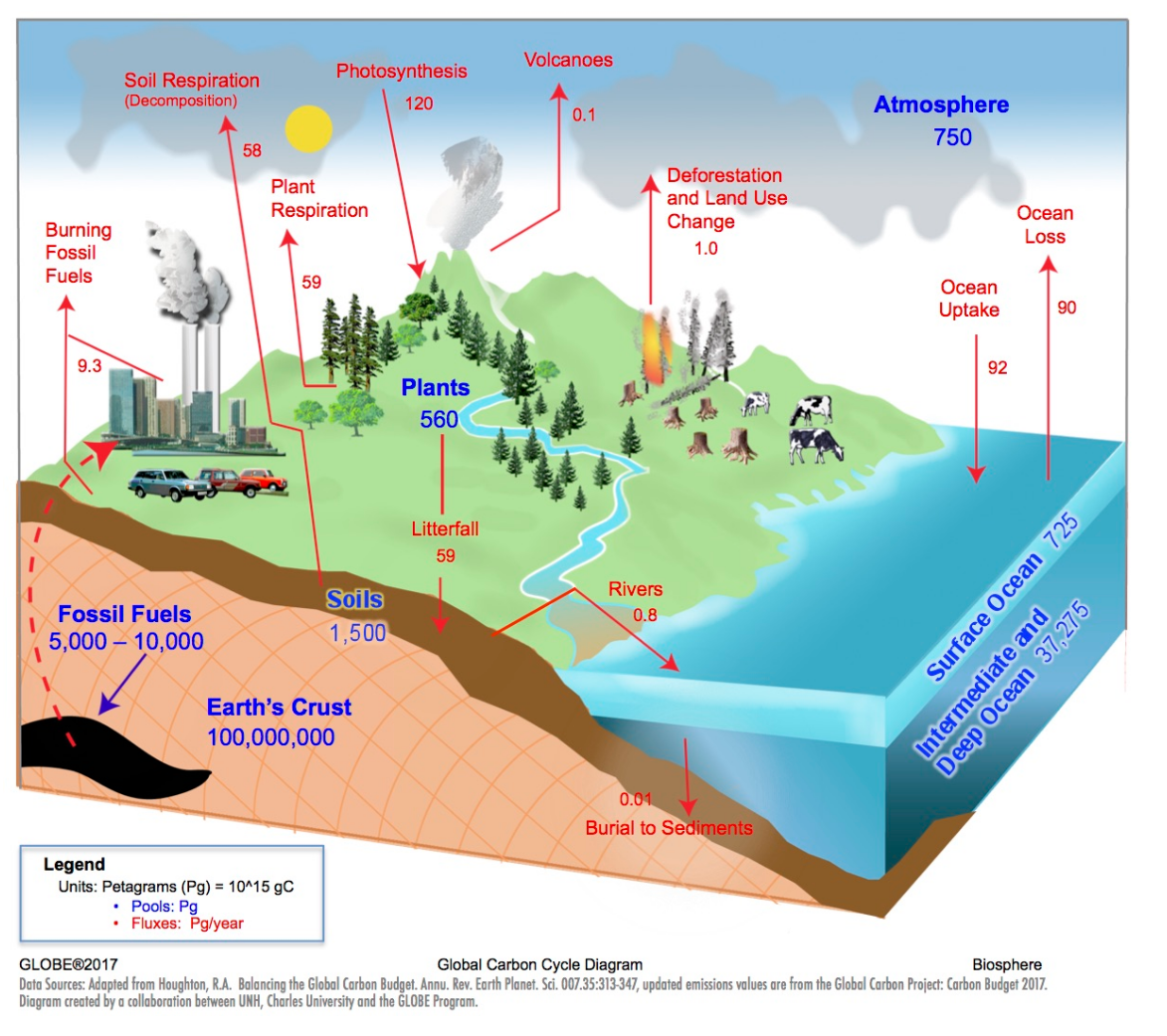
Carbon Cycle GLOBE.gov
The carbon cycle is a visualisation of the processes that move and store carbon between living and non-living things. In this activity, students use the interactive carbon cycle diagram to explore the global carbon cycle and to answer questions in an online or paper-based quiz. The quiz combines scientific literacy with reading literacy and.

Quiz & Worksheet Water & the Carbon Cycle
Hydrosphere: Carbon is dissolved in the ocean. Atmosphere: Carbon is found in the form of carbon dioxide in the atmosphere. 8. Carbon is the basis for life on Earth — people are 18 percent.
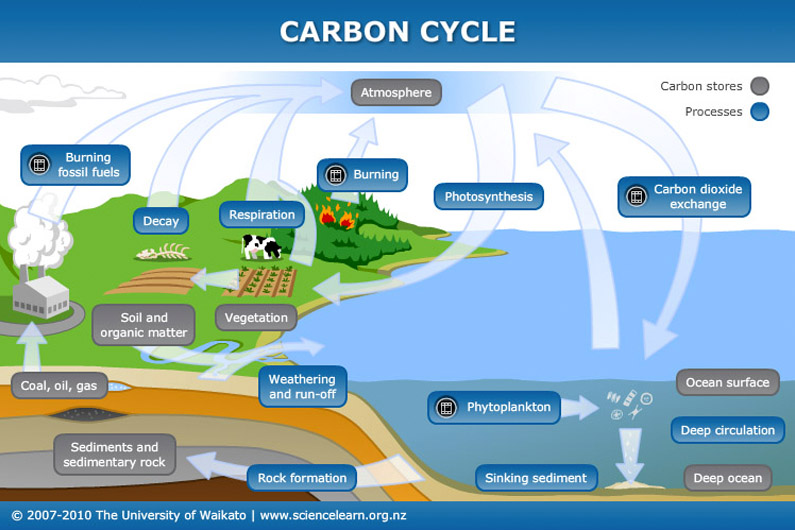
How Does Carbon Dioxide Cycle Through the Oceans? Communicating Science 2017 Section 211
1.3 The carbon cycle 2.5-3 How carbon atoms move between organisms and the air Learner s Book: Questions 1 4 Think like a scientist: How do plants and animals affect carbon dioxide concentration? Activity: Modelling the carbon cycle Workbook: Exercise 1.3, Completing a carbon cycle diagram Teacher s Resource: Worksheets 1.3A C, Building a.